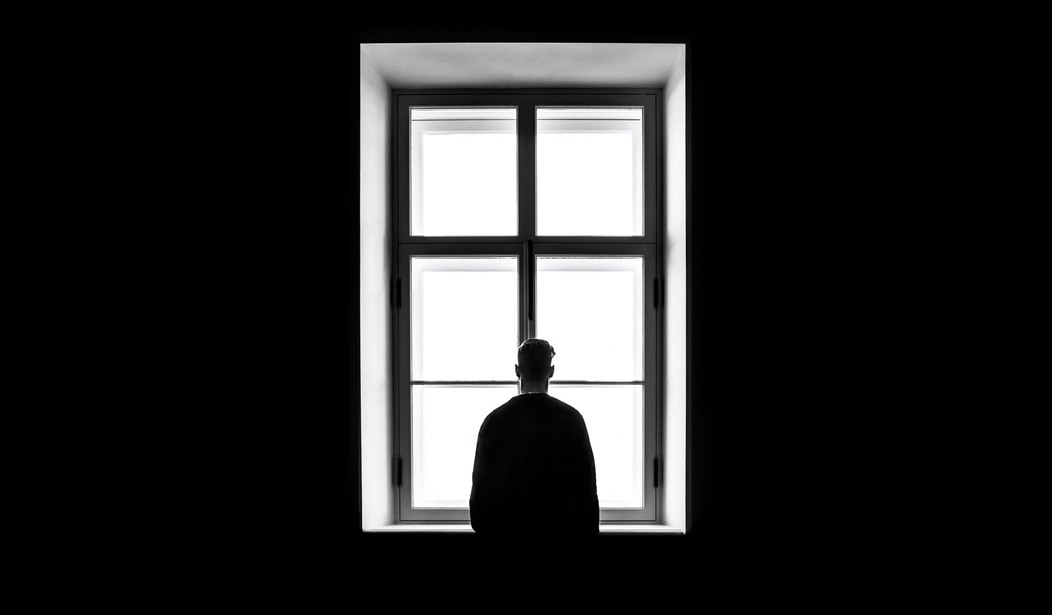We’ve all seen the type, or maybe we’ve been it at one time or another. You know the one — the teenager who spends hours in front of video games, seeming to alienate himself from the real world for hours on end. Now imagine if you or your teen lived that lifestyle for many years, refusing all contact with the outside world, dependent on parents for everything. Welcome to the world of the hikikomori.
Over the last couple of decades, a new phenomenon has emerged in Japan — the emergence of the hikikomori (“withdrawn”). Psychiatrist Tamaki Saito discovered the phenomenon in the early 1990s, and he has pioneered treatment of these young men.
[Saito] was struck by the number of parents who sought his help with children who had quit school and hidden themselves away for months and sometimes years at a time. These young people were often from middle-class families, they were almost always male, and the average age for their withdrawal was 15.
It might sound like straightforward teenage laziness. Why not stay in your room while your parents wait on you? But Saito says sufferers are paralyzed by profound social fears.
“They are tormented in the mind,” he says. “They want to go out in the world, they want to make friends or lovers, but they can’t.”
The Japanese government has estimated the number of hikikomori at between 200,000 and 700,000, but Saito believe the number could exceed one million. What makes these teens and young men withdraw from society?
The trigger for a boy retreating to his bedroom might be comparatively slight – poor grades or a broken heart, for example – but the withdrawal itself can become a source of trauma. And powerful social forces can conspire to keep him there.
One such force is sekentei, a person’s reputation in the community and the pressure he or she feels to impress others. The longer hikikomori remain apart from society, the more aware they become of their social failure…
A second social factor is the amae – dependence – that characterizes Japanese family relationships.
Hikikomori are different from another Japanese subgroup — the otaku (“geeks” or “nerds”). Otaku, like many American teens, immerse themselves in video games or cartoons/anime, but they associate with peers outside the home. Hikikomori remain reclusive for months or years.
Young men like Matsu turn into hikikomori because of the pressures of society or family expectations. When Matsu wanted to choose a particular career path, his father wanted something different for him, something Matsu didn’t want. When his parents allowed their younger son to pursue the dream Matsu had for himself, he withdrew.
Matsu has been able to resume a productive life and make peace with his parents, but other hikikomori aren’t so fortunate.
Yoshiko’s son withdrew from society very gradually when he was 22.
At first he would go out to buy shopping [sic], but she observes ruefully that internet shopping means this is no longer necessary and he no longer leaves the house. He is now 50 years old.
“I think my son is losing the power or desire to do what he wants to do,” she says. “Maybe he used to have something he wanted to do but I think I ruined it.”
How do the Japanese treat hikikomori? Some non-profit organizations run youth clubs called ibasho, which are meant to reintroduce young men to society in a gentle, non-threatening way. Other doctors use confrontational techniques with mixed results. Tamaki Saito treats hikikomori with individual and small group therapy and sometimes with prescription drugs.
The Japanese government has its own unique way of treating these young men.
For years, Takeshi hid from the world, playing video games all night and sleeping all day, eating from a tray his mother left outside his room…. Takeshi re-entered society after four years, thanks to a government program that sends female outreach counselors known as “rental sisters” to coax the hikikomori out of the house.
Japanese psychologists chalk up the phenomenon of hikikomori to shifts in the culture. Japan is moving from a group-oriented society to a more individualistic culture, but the move is happening glacially, and many of these young men fall into the cracks. Only time will tell if further cultural changes can bring an end to the hikikomori epidemic.










Join the conversation as a VIP Member